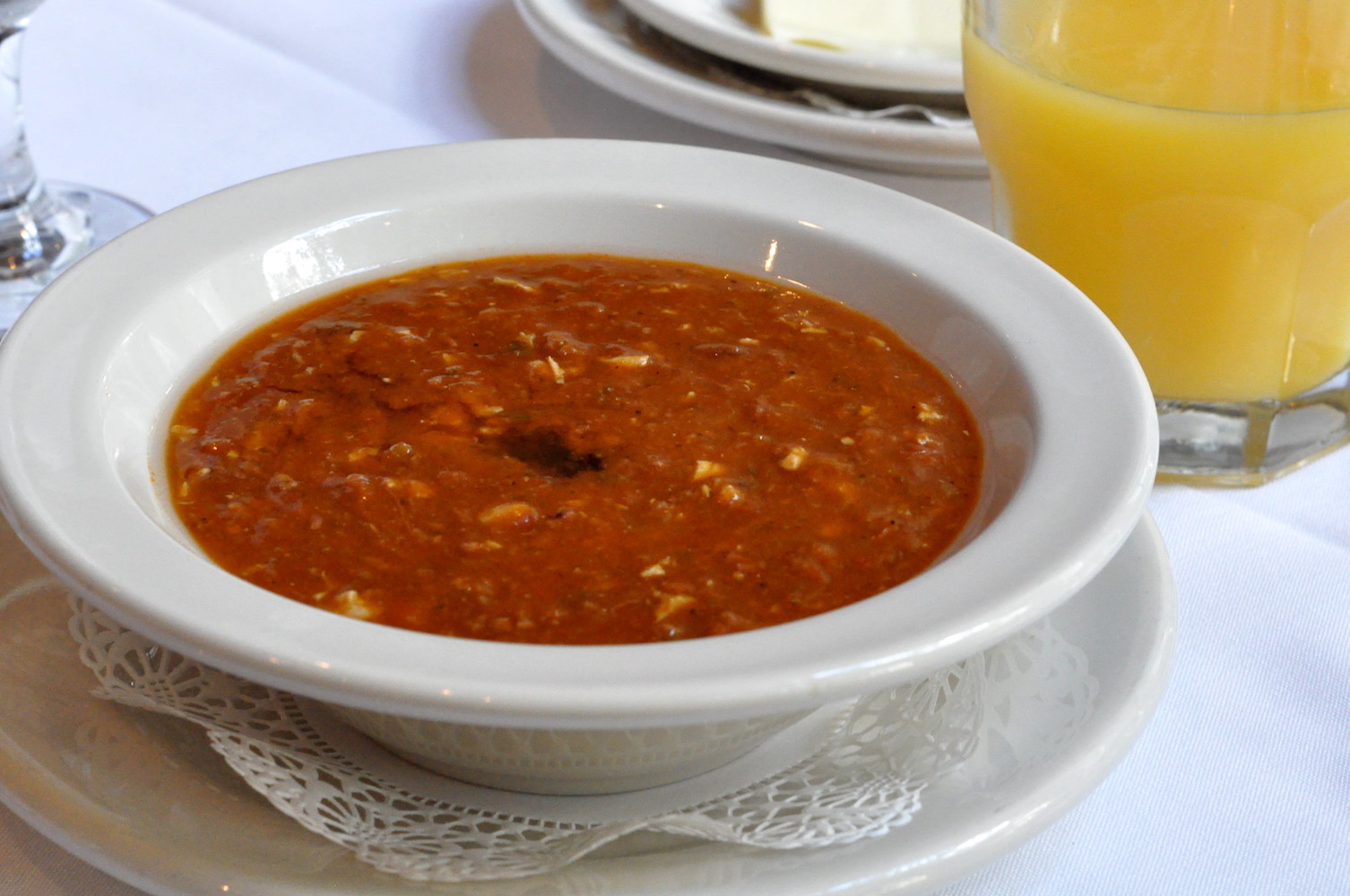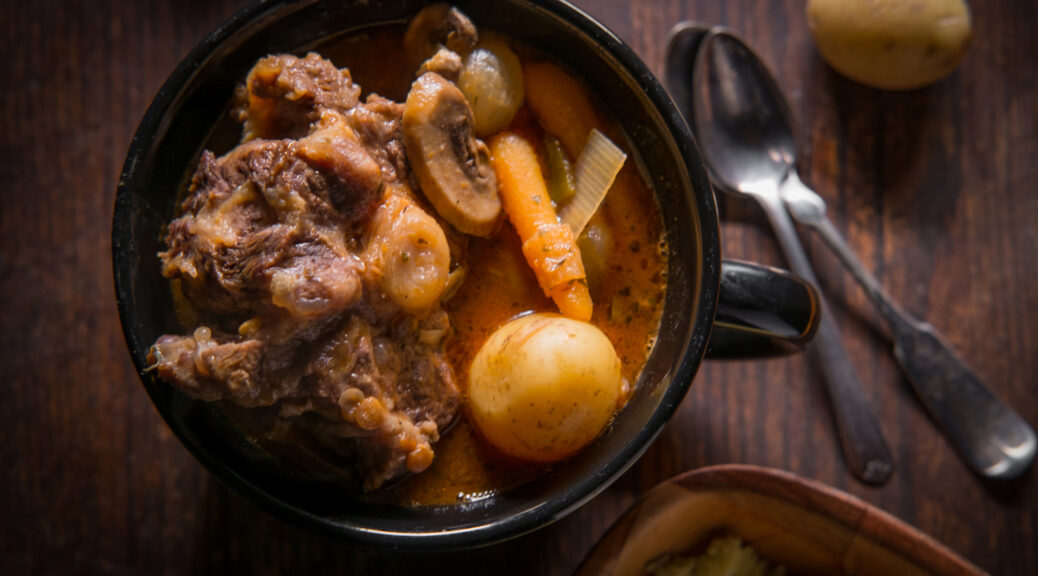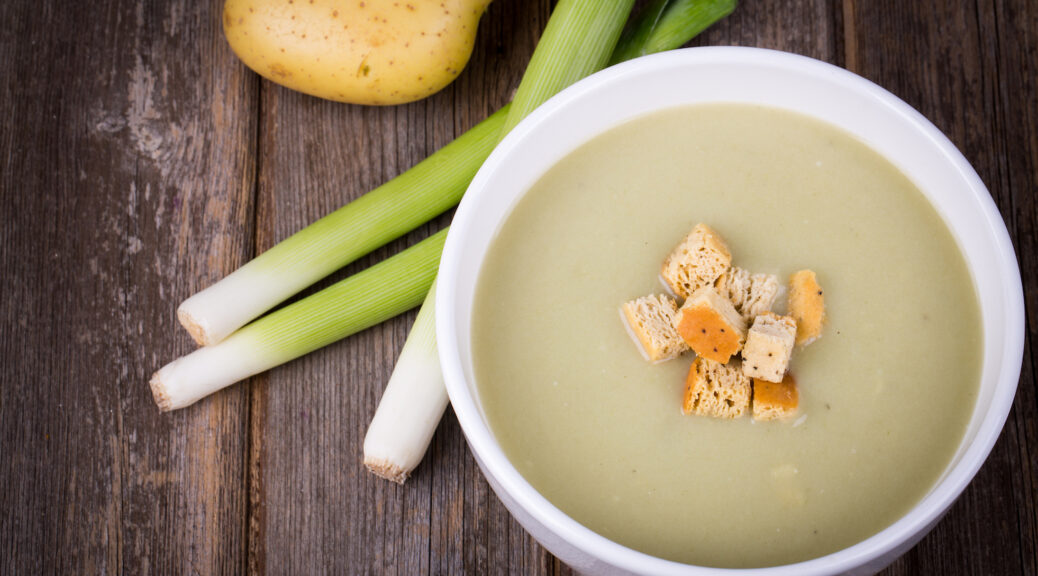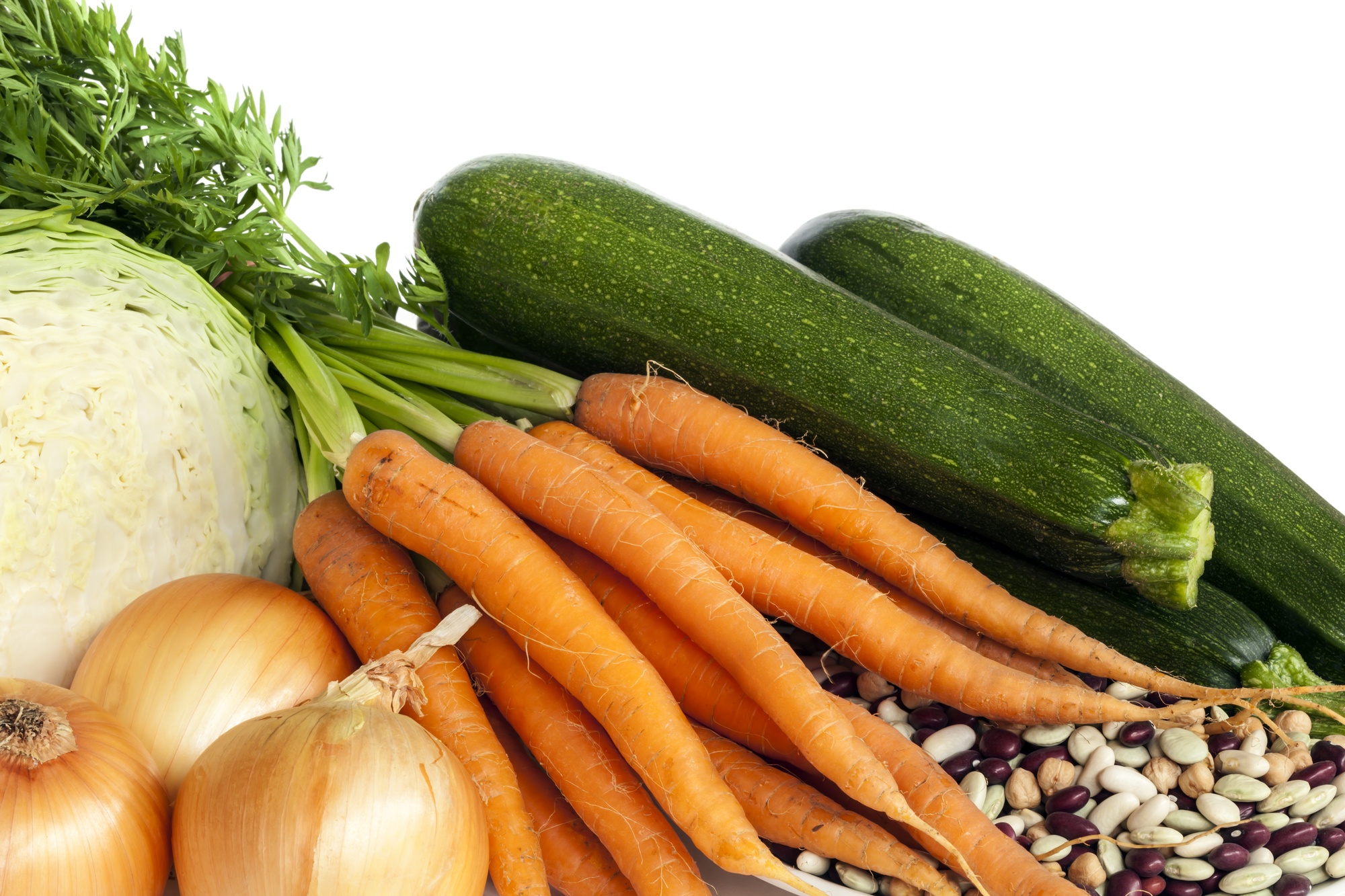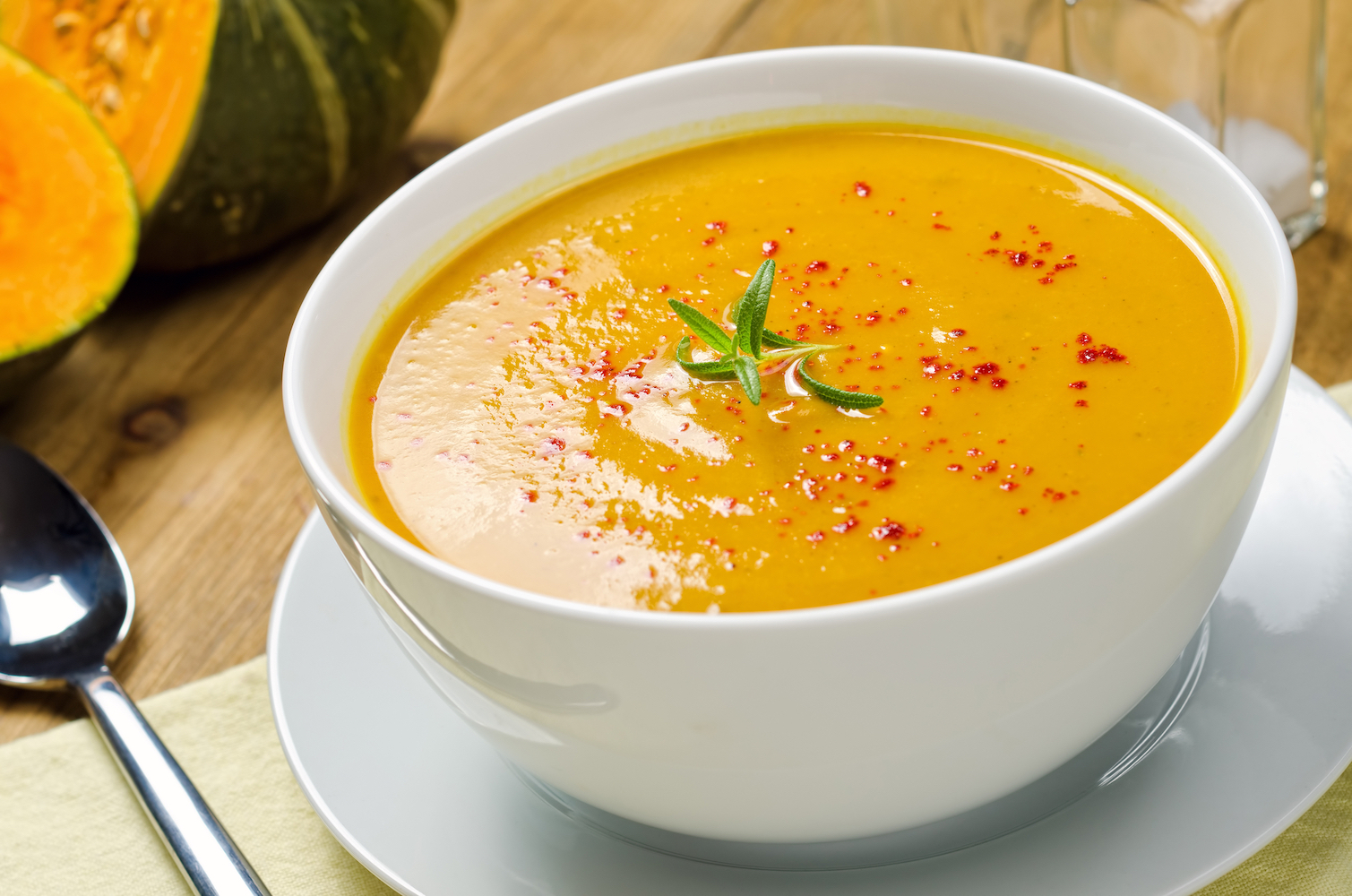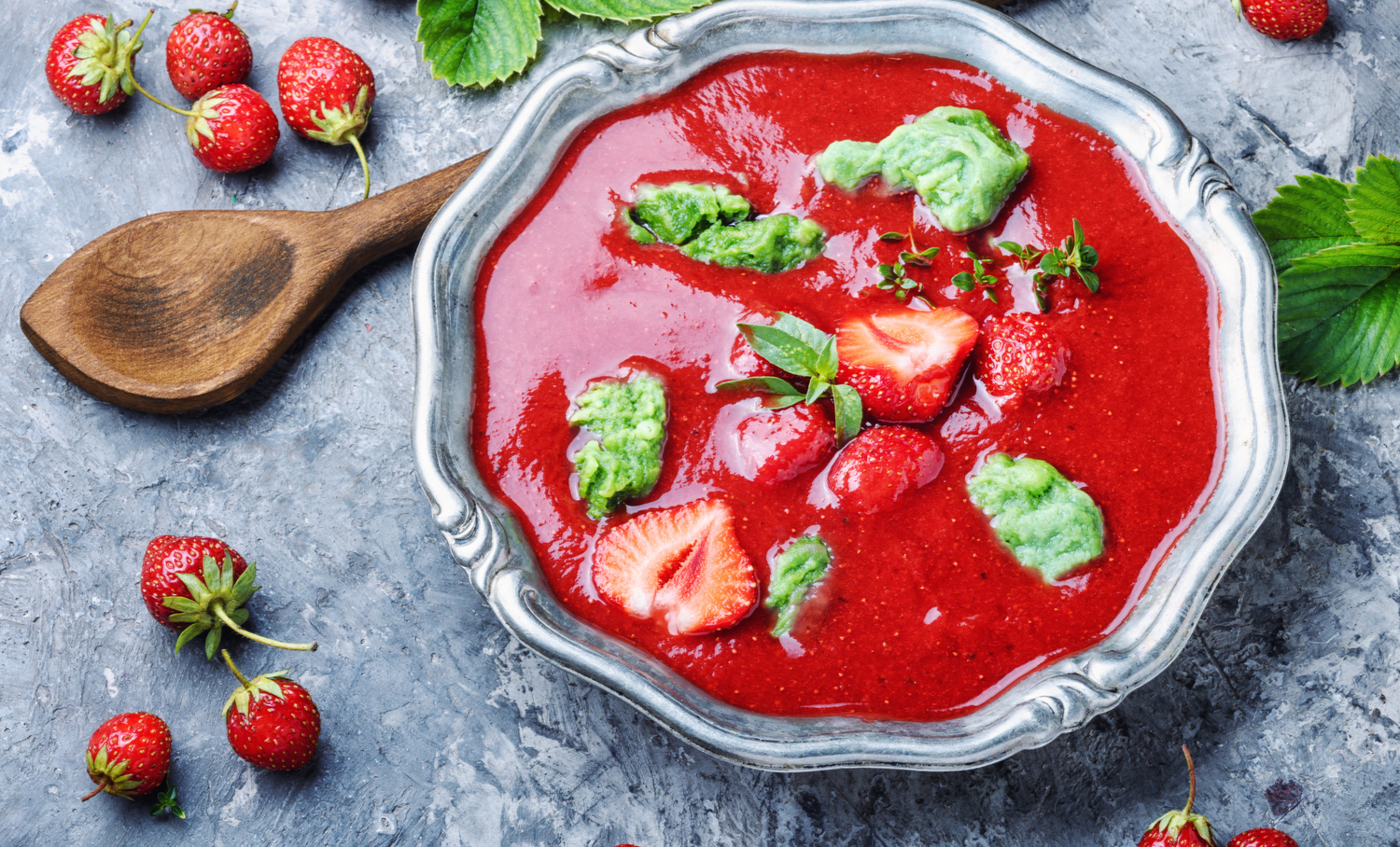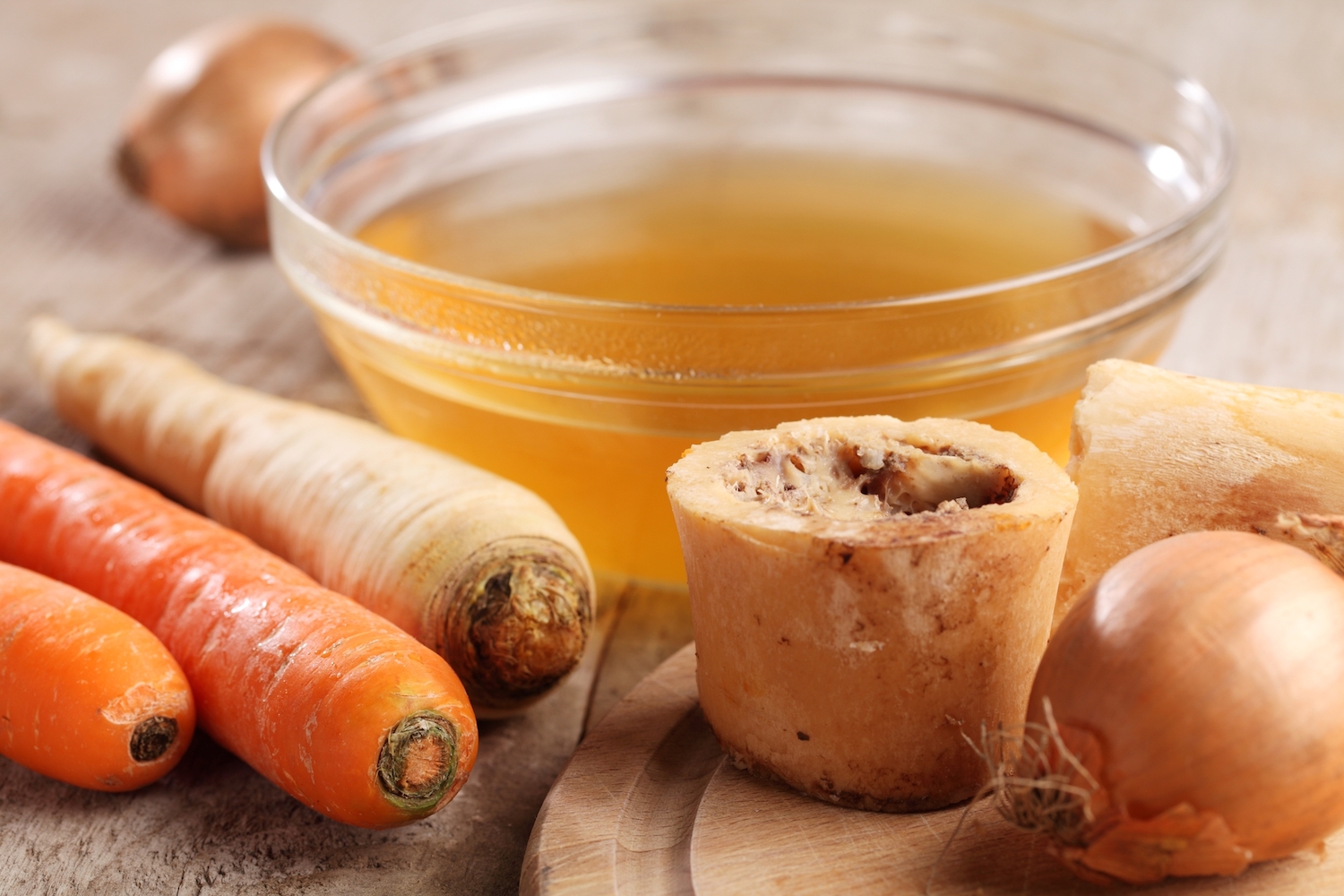Turtle Was a Popular Dish in the 1800s
Many cookbooks from the 1800s included recipes for cooking turtle; snapping turtle, box turtle, sea turtle, and diamondback terrapin. Today, many species of turtles are endangered and it’s illegal to capture or kill them. In the U.S., you can hunt diamondback terrapins and snapping turtles, but only in season and you must have a hunting license. INFORMATION BELOW COMPILED FROM 1800s COOKBOOKS: TURTLE SOUP Kill the turtle at daylight in summer, the night before in winter, and hang it up to bleed….
